1. DNA Extraction and Analysis
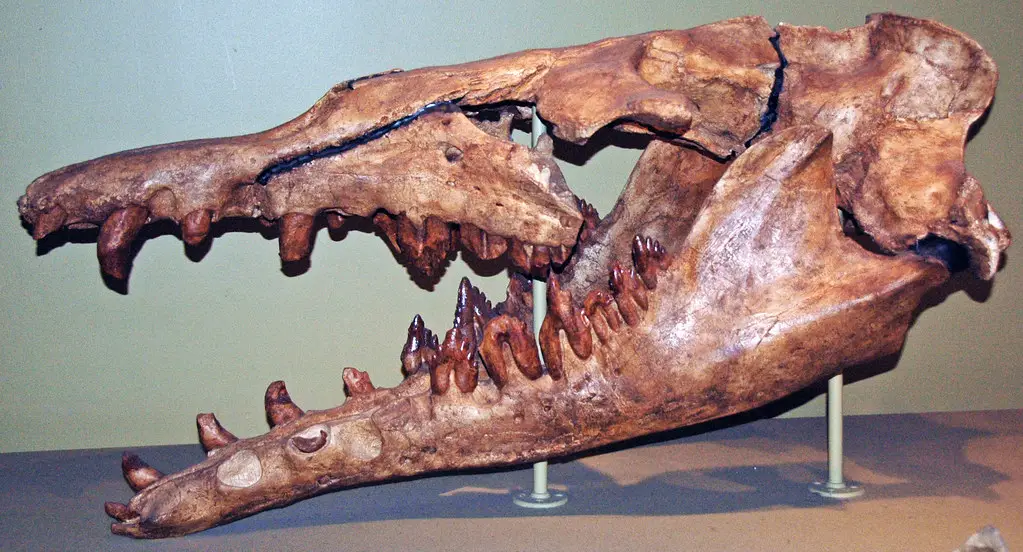
The first and most crucial step in bringing an extinct species back to life is obtaining viable DNA. According to The University of Adelaide, this involves extracting preserved DNA from fossils, ancient remains, or preserved specimens. However, DNA degrades over time, so it’s difficult to find complete, intact genetic material from extinct animals.
For example, the DNA of the woolly mammoth, which went extinct around 10,000 years ago, has been successfully extracted from frozen remains found in Siberian permafrost. Once extracted, scientists analyze the DNA to determine if it is sufficiently preserved to be used in the cloning process. The DNA must be intact enough to reconstruct the full genome of the extinct species.
2. Sequencing and Mapping the Genome
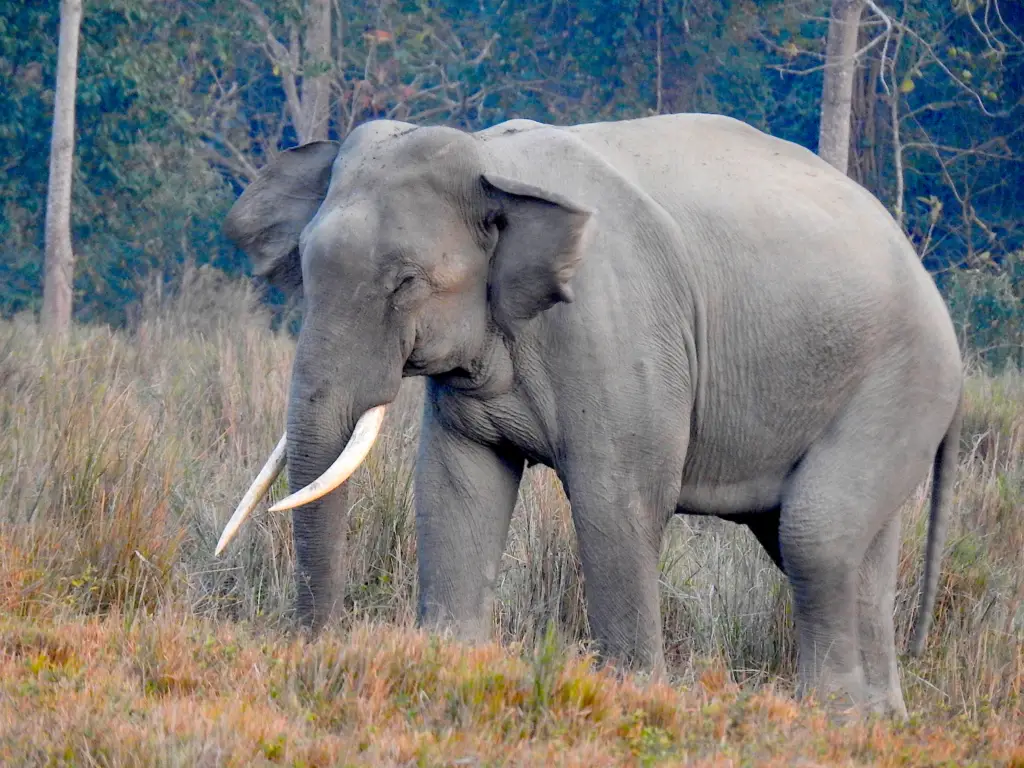
After obtaining DNA, scientists must sequence it and map the complete genome of the extinct animal. This involves breaking the DNA into smaller fragments and using advanced sequencing technology to decipher its order. For species like the woolly mammoth or the Neanderthal, mapping the genome is particularly challenging, as these species are only distantly related to living animals.
According to a study published in the National Library of Medicine, there are some cases where scientists can compare the ancient DNA with that of a closely related species, such as the Asian elephant for the woolly mammoth, to fill in gaps in the genome. The goal is to recreate the entire genetic code of the extinct species to make de-extinction possible.
3. Genetic Engineering and Cloning

Once the genome is mapped, genetic engineers use cutting-edge techniques like CRISPR to modify the DNA of a closely related living species. According to a study published in Nature, scientists have been experimenting with inserting mammoth genes into the genome of an Asian elephant to create a hybrid that exhibits traits of both species.
This process of genetic engineering is complex and requires precise alterations to ensure that the animal will have the characteristics of the extinct species. The edited DNA is then inserted into an egg cell from the living species, which can be used to create an embryo. This step often involves cloning techniques, such as somatic cell nuclear transfer, where the nucleus of a donor cell is transferred into an egg cell that has had its own nucleus removed.
4. Embryo Implantation and Gestation
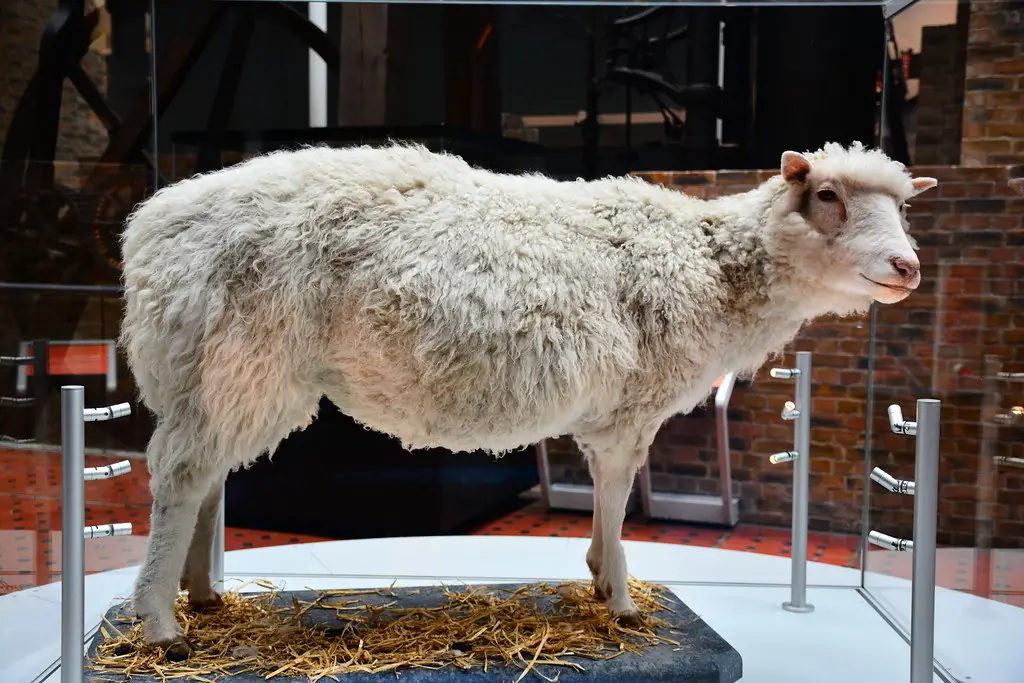
The next step is implanting the genetically modified embryo into the womb of a surrogate mother from the closely related species. In the case of the woolly mammoth, Asian elephants are used as surrogates, as they are the closest living relatives of the mammoth. The embryo will then develop inside the surrogate mother, and the gestation period could take many months, depending on the species.
This process has been successful in other animals, such as cloning sheep and cows, as discussed by National Museums Scotland. Nevertheless, the development of a viable embryo for extinct animals remains a significant challenge. Even with successful implantation, there is still no guarantee that the embryo will develop into a fully functional animal.
5. Ethical and Ecological Considerations
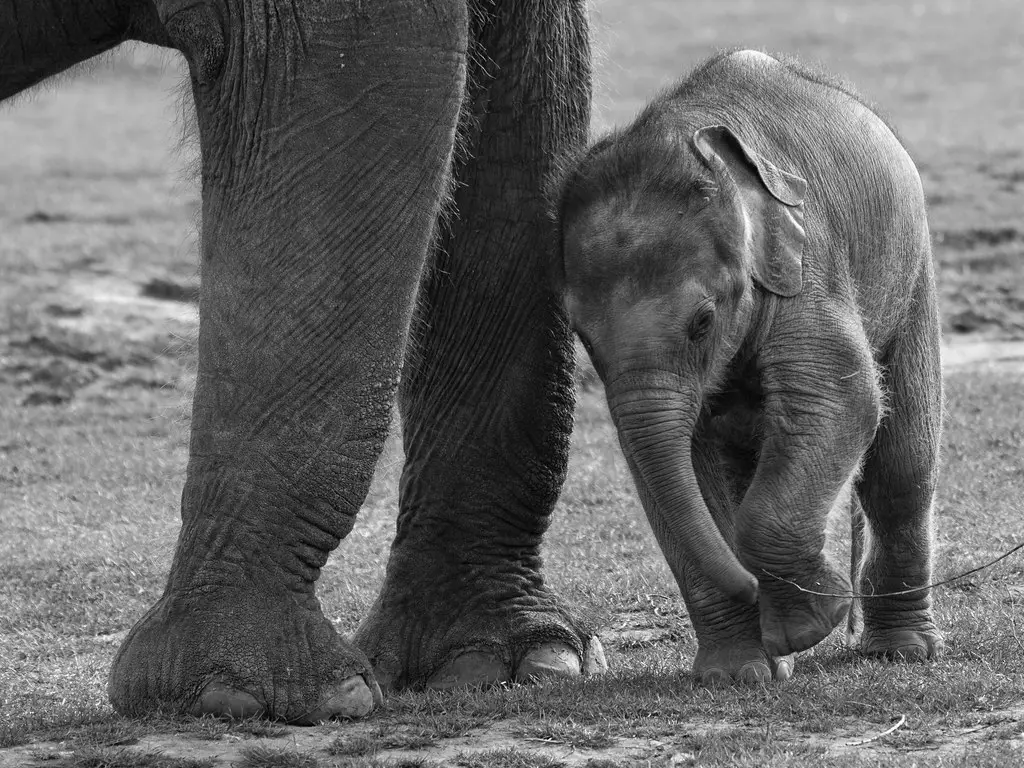
Before any extinct species is brought back to life, there are a host of ethical and ecological considerations that must be addressed as discussed by the American Veterinary Medical Association. For instance, if a species is resurrected, how will it interact with the current ecosystem? Will the animal survive in the modern world, where conditions may have changed significantly?
Additionally, there are concerns about the welfare of the animal, as well as the potential consequences of reintroducing a species that has been absent for thousands of years. Ethical questions also arise about whether we should resurrect animals for the sake of novelty or science, or if the effort should be focused on preserving current species that are on the brink of extinction.
6. Reintroduction into the Wild
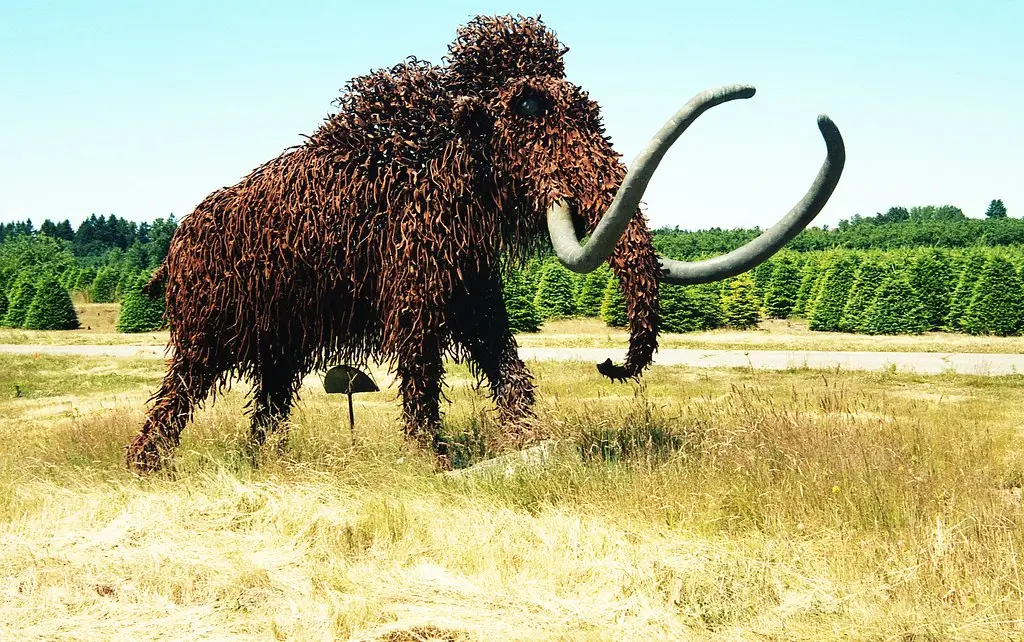
If an extinct animal is successfully brought back to life, the next step would be reintroducing it into its natural habitat. This is an incredibly complex process that requires careful planning. For instance, if woolly mammoths were revived, they would need to be reintroduced to ecosystems that may have changed dramatically since their extinction.
Some scientists propose using these resurrected species to help restore lost ecosystems, like reintroducing woolly mammoths to the tundra to help combat climate change by preventing the spread of shrubs and encouraging the growth of grasses. However, the viability of such plans is still largely theoretical, and more research is needed to understand the potential impacts of reintroducing extinct species.
7. Advances in Technology and Timeline
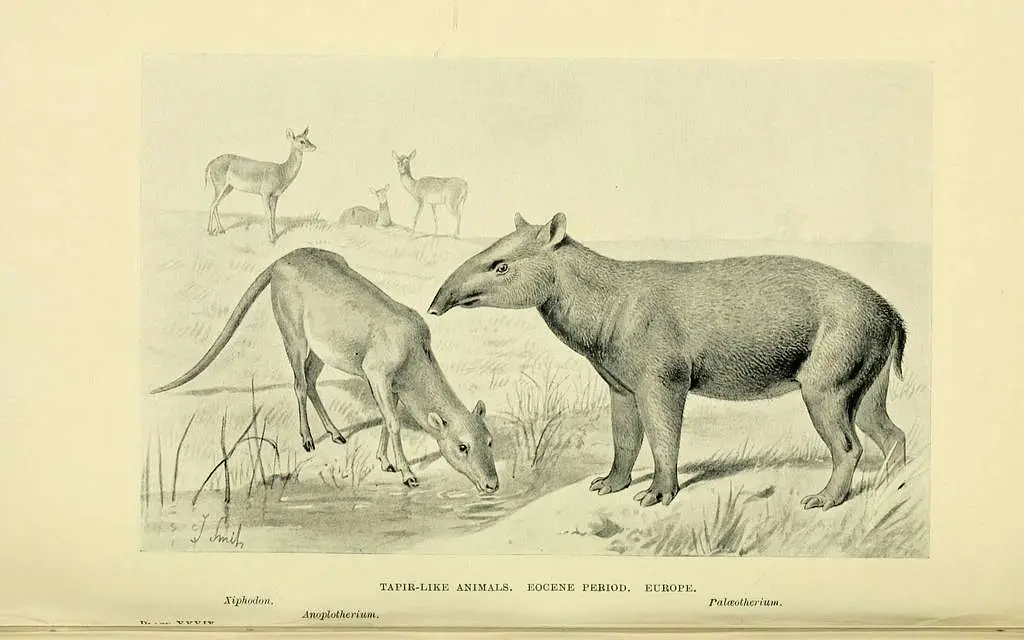
The technology required to bring extinct species back to life is advancing rapidly, but we are still far from mass de-extinction. Some species, such as the woolly mammoth, are considered more feasible candidates for de-extinction due to the availability of well-preserved DNA and the close genetic relationship with living species like elephants.
Experts predict that within the next 10 to 20 years, we may see the first successful cloning of an extinct species. However, the reintroduction of such species into the wild will likely take much longer, and the success of such projects is not guaranteed. Many scientists believe that the focus should be on preventing extinctions in the first place rather than trying to resurrect species that have already disappeared.
8. Public Support and Funding
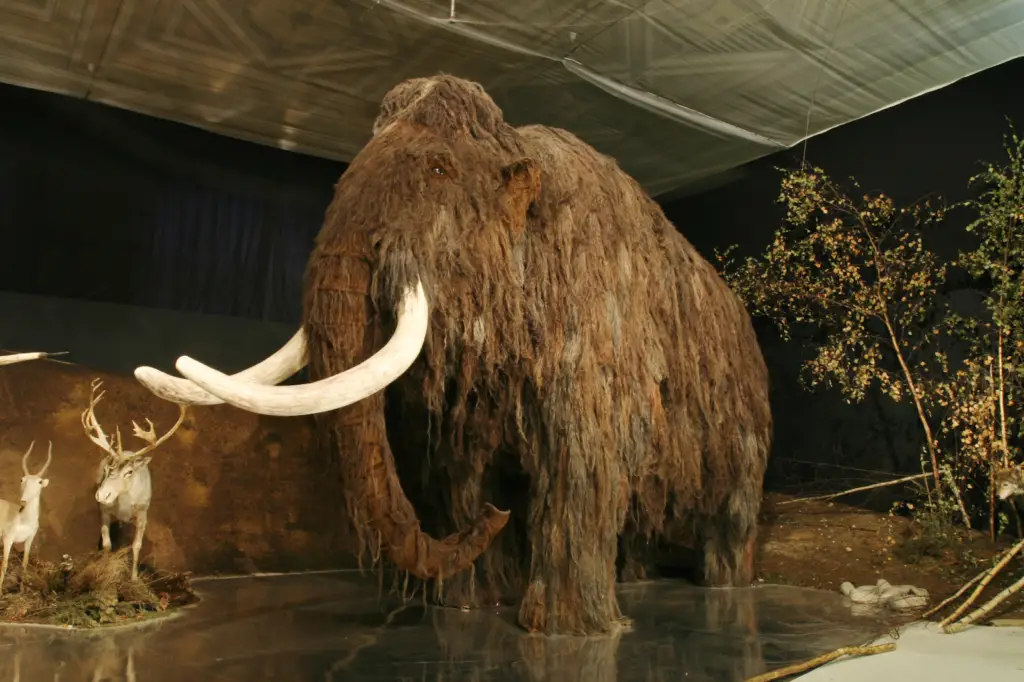
De-extinction projects require significant funding and public support to move forward. Currently, several organizations and research institutions, such as the Woolly Mammoth Revival Project and the Revive & Restore initiative, are leading efforts to resurrect extinct species. These projects rely on donations, grants, and investments to fund research and development.
As public interest in de-extinction grows, more resources are being allocated to these projects. However, funding is often limited, and the debate over the ethical implications of resurrecting extinct species can hinder widespread support. Public opinion will play a critical role in determining whether de-extinction projects continue to receive funding and support.
9. The Future of De-Extinction: A New Era of Biodiversity?
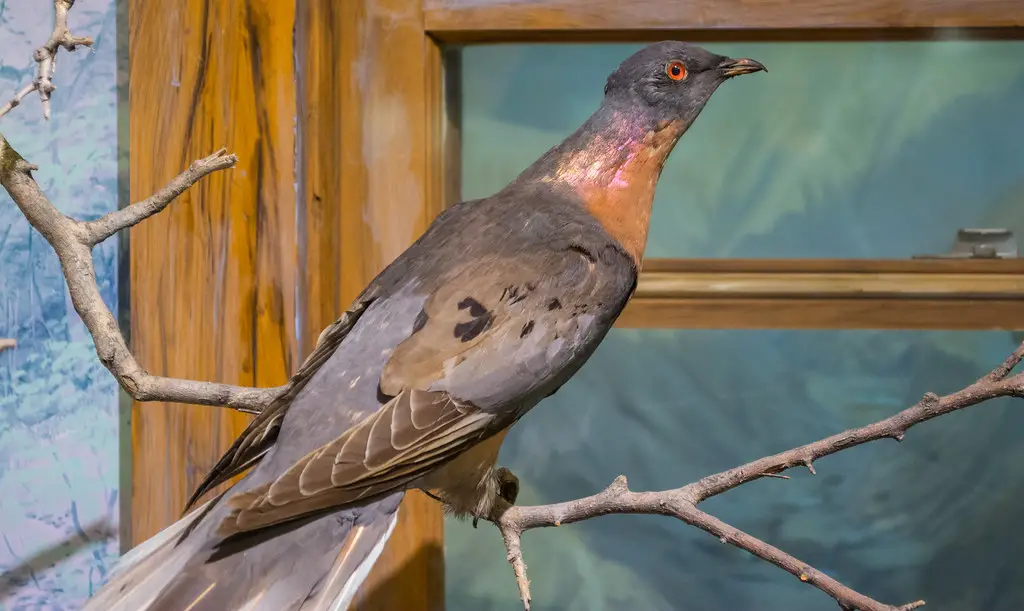
The resurrection of extinct species may open up new possibilities for restoring biodiversity and reversing some of the damage caused by human activities. De-extinction could potentially help restore ecosystems that have been altered by the loss of key species. However, it also presents the risk of unintended consequences, as resurrected species may not fit into the modern environment as seamlessly as hoped.
As scientific knowledge advances, it’s possible that we will begin to see the revival of species like the woolly mammoth, the passenger pigeon, and even the Tasmanian tiger. The future of de-extinction is still uncertain, but one thing is clear: it will continue to push the boundaries of science, ethics, and environmentalism.
10. The Ethical Debate: Should We Resurrect Extinct Animals?
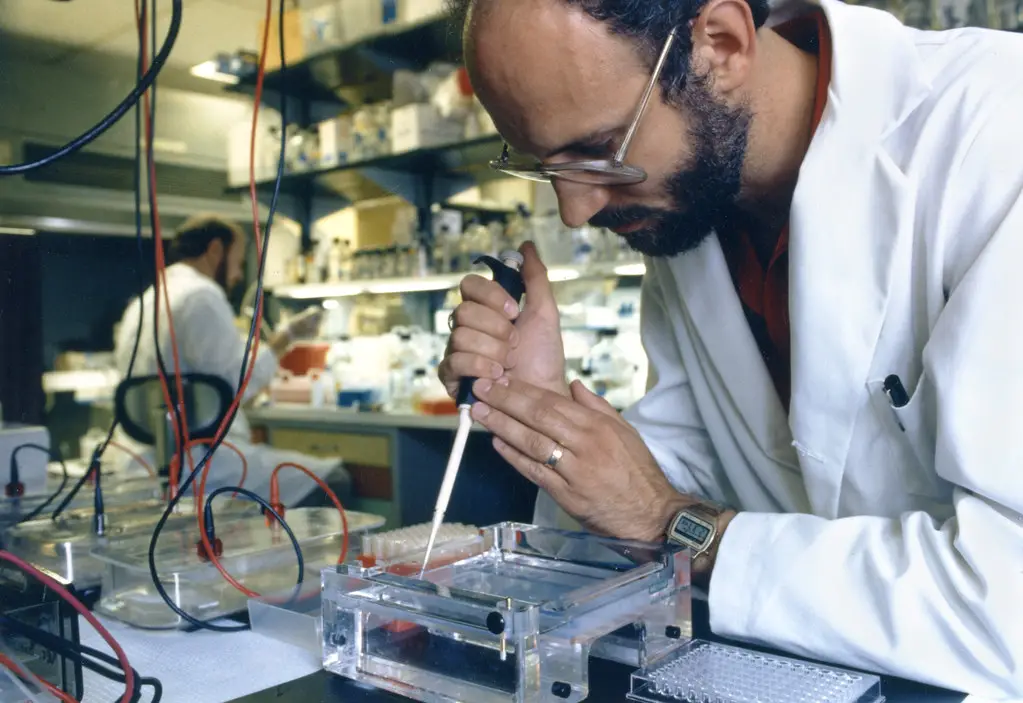
The question of whether we should bring extinct animals back to life is one of the most debated topics in science today. Supporters argue that de-extinction could help restore lost biodiversity, aid in ecological restoration, and give humans a second chance at protecting endangered species. On the other hand, critics argue that resurrecting extinct animals is a waste of resources and that efforts should be focused on preventing current species from going extinct.
There are also concerns about animal welfare and the potential for unforeseen ecological consequences. As technology advances and the possibility of de-extinction becomes more realistic, the ethical debate surrounding these projects will only intensify. It’s clear that the decision to bring extinct animals back to life will have lasting implications for science, conservation, and society as a whole.


